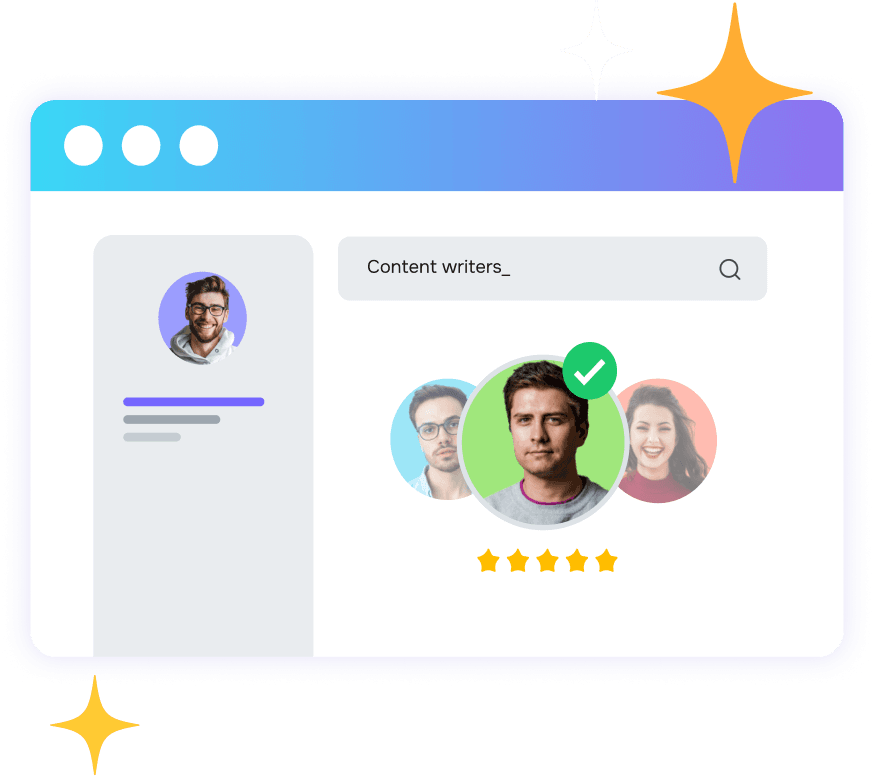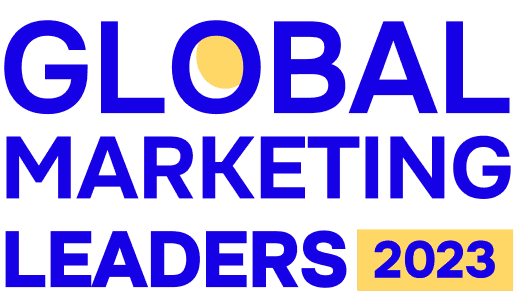Chandrama Deshmukh throws light on a different aspect of a content marketer
Content marketing has been evolving ever since. And the user experience is going to see a major shift over the years. It is going to open up whole new dynamics of content marketing in the coming future. Here is a thoughtful conversation with Chandrama Deshmukh, Content Head at The Good Glamm Group where they shed some light on different aspects of content marketing.
1. How has your professional journey been, and what do you do?
I have completed 19 years of content work; this shows how old I am. I have worked very closely with content and grown up with content, and content grew up with me. I have worked with different mediums, with content creation and strategy at the core. I have worked on multiple cross-functional, multi-channel campaigns right from conception to execution. In every brand that I have been associated with, I have worked on products and marketing areas which include SEO content, regional content, organic content, and social selling. What I find interesting is that from a content writer to a content strategist, I have worked from mobile deals to print, radio, television ads, and digital for the last ten years. It has been a long but exciting journey. Content has been the core of everything I do, professionally and personally.
2. What form of content personally excites you the most?
I think being a writer, print excited me a lot. Because it took me some time to get the hang of videos that involves showing faces. I have always been a vicarious reader. And, I always believe in how you experience it. I still love articles and magazines. It feels bad that the world is moving towards video. And professionally, I have to do it.
I still believe strongly in the power of the written word and readership more than viewership.
3. Art has played a big role in your journey; we would love to hear how it has played its part in your journey.
I can just go on and on about art. I have a favorite quote of mine that I use everywhere. - 'Everything that didn’t kill me made me an artist'. For those who have no idea about my art side, I am a poet, author, storyteller, and performing artist, and I have been writing for about 22 years now. I first wrote a book in 7th grade, and I published my first book in 10th grade. I have written plays, songs, and web documentaries, I am working on a web series right now, and I do shows in Bangalore and some other cities too, where I perform poetries, spoken word, or whatever I have written.
Art has been my constant. It is tough to keep up with the passion when the work calls or deadlines are to be met and when a home is to be managed. But art has always been an escape and has been my safe space and lighthouse. Somehow it strengthens me to believe in the power of the written word. I owe a lot to the artist in me. Because a professional gets beaten down and scared, an artist will never give up.
Just keeping up with the passion, we think we are wasting time and not working enough, but both these things go in tandem. When the professional in me beats me down, the artist in me picks me up professionally. It keeps shaking me out of my funk and tells me to keep creating. The artist is always here to stay; I don’t exist otherwise.
4. How do you keep the art in you when so many things are going around you in your work life?
I don’t really manage my time. I have like call schedule and meetings set up. During the weekdays, it becomes tough. But when professional life gets tough, art is something like your work all day. In the evening you want to go and have a drink with your friend or go out for a run, if you are into sports, or meet people if you are into football because that is something that relaxes you. If I sit and write, it brings me back to myself.
So, for me, art is never something like it had to be kept up with. It was never that I had to do something consciously. I usually read at night or write at night, which Kind of makes me a sleepless person, but at night usually, there is no disturbance, and then I usually write. And what is amazing is that I work in the content industry, and the creative side of content is the good and negative side of it triggers me. I either gets agitated or get inspired.
Art has never been forced; it has just flowed out of me, which is very natural and organic. And initially, it was tough; when I was writing, I was writing to prove a point, and I was writing to publish it somewhere. The tougher my day is, the better I write in the evening.
5. What kind of writing do you usually do?
Something practical and technical. Somedays, I feel why we even exist. What is the point of all these? I like to enjoy my work.
Without writing, my day is incomplete because I have questions running through my mind. I do get inspired or triggered by some things I don’t like. My writing is the mess in my head that comes to life.
6. Being in the content space, tell me how you see these technological advancements happening, like ChatGPT. In the design space, it's extended video-audio editing. What is your take? Are you using these tools?
Let’s start with AI. AI has been the talk of the town, more so because I am an artist and content strategist. An ongoing debate about AI will affect; there are two thought processes. One, as digital content creators, how is AI helping us? Another thought is, as an artist, what happens to artists when AI does everything? A recent read said we don’t need AI to make art; we need AI to write emails, do exhausting data entry, to deliver groceries. We, humans, can make art. And this viral content was posted by Aayu Shradha posted a few days back.
AI can only do what humans can do and have done in the past. AI cannot do what humans haven’t done. If you read between the lines, there are a lot of things humans haven’t done. AI is making our lives easier. AI cannot reach human expansion and reach. AI has already made a huge impact on content marketing. What’s important is to use it efficiently. We, humans, have created a tool that checks your grammar.
7. How do you set the right machinery to create great content?
Content that you create should go the extra mile. For example, basic content would just read great; good content may get read and shared. Great content may get read, shared, and talked about.
I think originality is extremely important. Originality still plays a huge role as a content leader. I usually take up a holistic approach. I create an outline for the topic for the target audience and then develop a plan on how to present it interestingly. That’s where your social media comes into the picture. I believe in using many story-telling techniques, like using a personal anecdote. I make sure to include visuals, images, and graphic programs and not much to give visual effects and keep the readers engaged. Reviewing content before and post publishing is important.
8. What are the three challenges that you face as a content marketer and also as an artist?
My biggest challenge is the ever-evolving content and consistently delivering unique content. The narrative keeps changing, and audiences have a lot of awareness. Content creation is on a day-to-day basis. The content gets tough, and difficult to reach the target audience.
I think I have overcome a lot of challenges. I feel artists do not get the credit they should get. I remember, 15 years back, I was performing in Urban Solace in Bangalore, and my show had just three people. But now I have got a house full of shows. To make a living out of artists is still far away. The artist looks for many ways to make money through art, which I would want to work on. If you are a seller, you open a company; if you finance, there are multiple options. And if you are an artist, it will take time, about 20 years.
9. What things do you see that people would adapt to in the content marketing space?
I think the user experience is going to find a new place in content marketing. Now the space is only limited to reading or visuals because brands or products or even the way of life will reach the human experience where you have your Alexa and Siri, who are pretty much running your life for you. The whole consumer is going to see a major shift.

